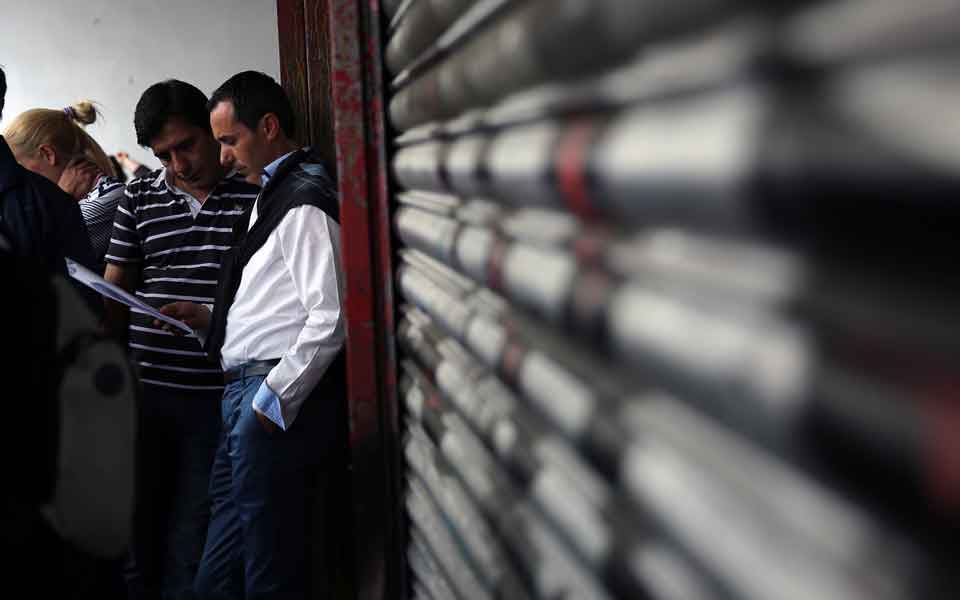Hundreds choose to declare bankruptcy

Bankruptcy applications, based on Law 4818/2021, are coming thick and fast from individuals with or without commercial activity, as they are unable to repay their debts to banks and insurance funds.
The legislative framework for the second chance provides, under specific conditions, the possibility to individuals to rid themselves of their debts and to make a new start in business within a period of three years (or even one if they have property assets).
Debt relief seems to be a strong lure, therefore around 1,400 people made use of the specific provisions in 2022. That is, around six applications were submitted and accepted per working day last year.
“Through bankruptcy and the discharge of individuals from debts, debtors are granted a second chance to take up business activity again. At the same time, the national economy is served, because, otherwise, debtors would remain trapped in a permanent debt position from which they would not be able to escape and would resort to the illegal economy,” lawyer Vagelis Tranoris told Kathimerini.
In so-called small-sized bankruptcies, for debtors to enter bankruptcy status, their total assets (movables, real estate etc) must not exceed the amount of 350,000 euros. As Tranoris explained, they are still required to be in a state of non-payment – i.e. unable to pay their overdue obligations to the state, social security entities or credit-financial institutions, to the extent of at least 60% of their total overdue obligations. The suspension of payments should be for a period of at least six months and the nonperforming liability should exceed €30,000.
In the event that within 30 days of the submission of the application there is no intervention against it or an intervention is submitted which only concerns the appointment of a receiver, the bankruptcy court, after the above period of time alone, issues a declaration decision of the debtor in bankruptcy.
“From the overview of the jurisprudence, the majority of the published decisions accept the submitted bankruptcy applications,” noted Tranoris.
The attractiveness of the second-chance regime is thanks to the debtor being released from the balance of debts that remains unpaid after the end of the bankruptcy period – i.e. three years.





